
P.N. Chopra

31 books
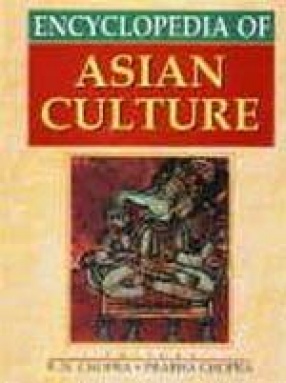
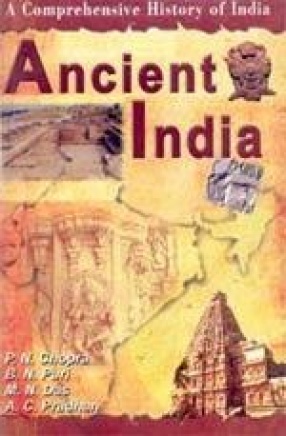

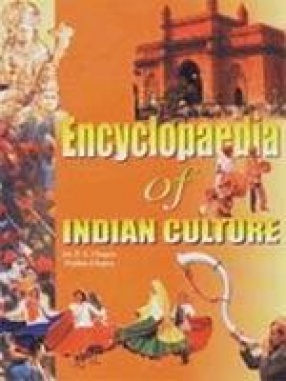
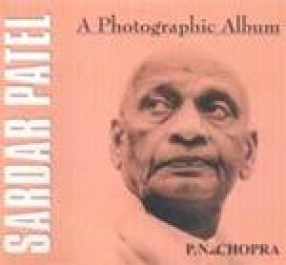




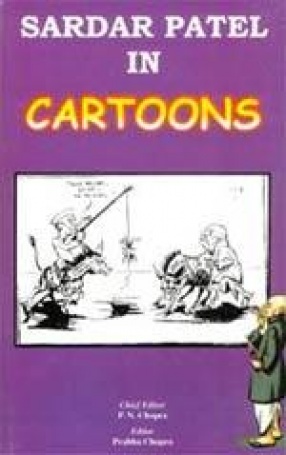


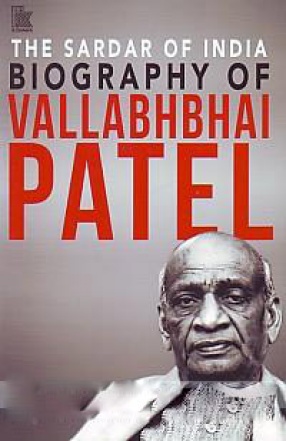
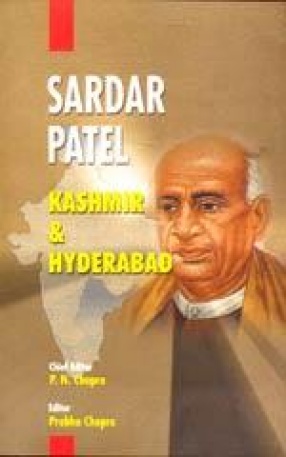
This is the first volume in the series of Thematic Volumes on Sardar Patel and deals with the accession of States of Kashmir and Hyderabad to the Indian Union. It reveals the important role and the severe handicaps Sardar Patel faced as Minister for states while handling the sensitive issue of Kashmir. The emotional ties Jawaharlal Nehru had with Kashmir and the National Conference leader Sheikh Abdullah were instrumental in the Kashmir issue being directly dealt ...

This is the first reference work of its kind about the vast, multi-hued panorama of Asian cultures which have a history dating back to thousands of years before Christ. The book contains 206 articles written by renowned scholars of Asia, specialists in their respective fields. The countries covered in this encyclopedia include Afghanistan, Australia, Bangladesh, Bhutan, Burma, Cambodia, China, India, Indonesia, Iran, Japan, Korea, Laos, Malaysia, Mongolia, Nepal, ...

This book is primarily meant for the general public and the students, who desire to understand the history and culture of their country. Though a general work encompassing historical, cultural, economic, political and administrative features, the book is none the less authentic and authoritative. A Comprehensive History of India is the product of a joint venture undertaken by a group of historians who do not go by conformist views but by critical, objective and ...

Thirteenth in the series, this volume covers the period from January 1948 to December 1948. Sardar Patel had no regrets for accepting the partition as "my experience of the Government had convinced me that if we went on like the way we were carrying on, we would lose everything that we held precious". Sardar Patel blamed "Churchill for the partition of the country and attendant disasters. For the reconstruction of India, Sardar Patel felt that a ...


Fifteenth and the last volume in the series of The Collected Works of Sardar Patel deals with the year 1950 as Sardar Patel died on 15 December 1950. During the last few years of his life Sardar was striving hard to make the country strong internally and externally. He wanted to build up a strong and healthy India where there should be no wants, no shortage and no exploitation. For external security, Sardar Patel was in favour of maintaining a big and fully ...

India has made tremendous progress in almost every field since the attainment of independence. Her advancement is all round and stupendous, her record in the creative activities in the realms of education, science and arts, is remarkable. Surprisingly enough, there is no standard, internationally reputed and readable encyclopaedia reflecting or interpreting this change or giving a full spectrum of knowledge or reference material for lay readers or experts. ...

Sardar Vallabhbhai Patel remains one of the greatest leader and statesman India has ever produced. He along with Gandhiji and Nehru, was mainly responsible for giving shape to the destiny of the country during the freedom struggle and in the early years after the achievement of independence. The present photo-album has been designed to take an objective view of his contribution in proper historic perspective. It is hoped that this photo-album would serve as a ...

According to this book, contrary to general perceptions Sardar Vallabhbhai Patel was not at loggerheads with the three stalwarts of the congress-Gandhi, Nehru and Subhas Bose.

Fifth in the series, the volume covers the events of 1935, when, overcoming his personal reservations, Sardar Patel agreed to go along with the Congress decision to contest the Provincial Assembly Elections. The country wide campaign for the party took him to the plague-affected villages of Gujarat where at great personal risk he led the relief work with a band of volunteers. The Sardar exhorted the villagers to shirk social evils such as drinking, child marriage ...

Sixth in the series, the volume covers the momentous events of the period from January 1936 to June 1937, when the Congress agreed to fight the General Assembly elections and form ministries in the provinces. Despite his earlier opposition to Council-Entry programme, Sardar Patel as Chairman of the Congress Parliamentary Committee, played a pivotal role in the elections. A great disciplinarian he did not hesitate to take stern action against the top leaders of ...

Seventh in the series, the volume covers the period from July 1, 1937 to December 31, 1938, when the Indian National Congress had come to power in seven provinces. As Chairman of the Parliamentary Board, Sardar Patel looked after the functioning of the Congress ministries for which he laid down certain norms. He stressed that the criterion for the selection of a minister should be his capability and not his being a leader of a particular group. With a prophetic ...

The volume brings out the differences between Sardar Patel and Jawahar Lal Nehru over the Communist party's stand on violence. While Nehru was anxious to remove the ban on the Communist party in Bombay, Patel initiated secret inquiries to unearth evidence about the armed uprising planned by the Communist party. The book throws light on Sardar Patel's views on communal harmony and his prescription to ensure peace when violence breaks out. If the Sardar wanted ...






Sardar Vallabhbhai Patel (1875-1950) ranks as one of the foremost leader and Statesman India has ever produced. He along-with Gandhiji and Jawaharlal Nehru was mainly responsible for giving shape to the destiny of the country during the freedom struggle and in the early years after the attainment of Independence. Sardar Patel’s greatest contribution was the unification of the country into one united whole in a remarkable manner. Sardar Patel was a flourishing ...

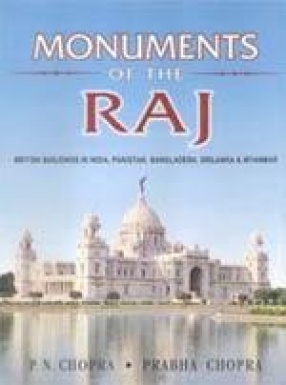
The most explicit memorial of any empire is its architecture. The buildings it leaves behind are symbols of the power it once wielded. In its colonial palaces, govt. houses, town halls, churches, bungalows, post-offices and hotels, the British Empire left its mark on India. These buildings were generally inspired by British styles, adapted to local conditions and built in local materials by local craftsmen. The result was some of the most surprising and ...

There had been some feeble attempts by various authors to portray the history of south India. This treatise is the first authenticated volume about the southern peninsular territory. Judging by the seriousness of the subject, the authors did not divulge the historical significance and yet tried to present it in a more lucid and entertaining style, which hold readers spellbound. The history of the country is the biography of its great men which is reflected in ...
